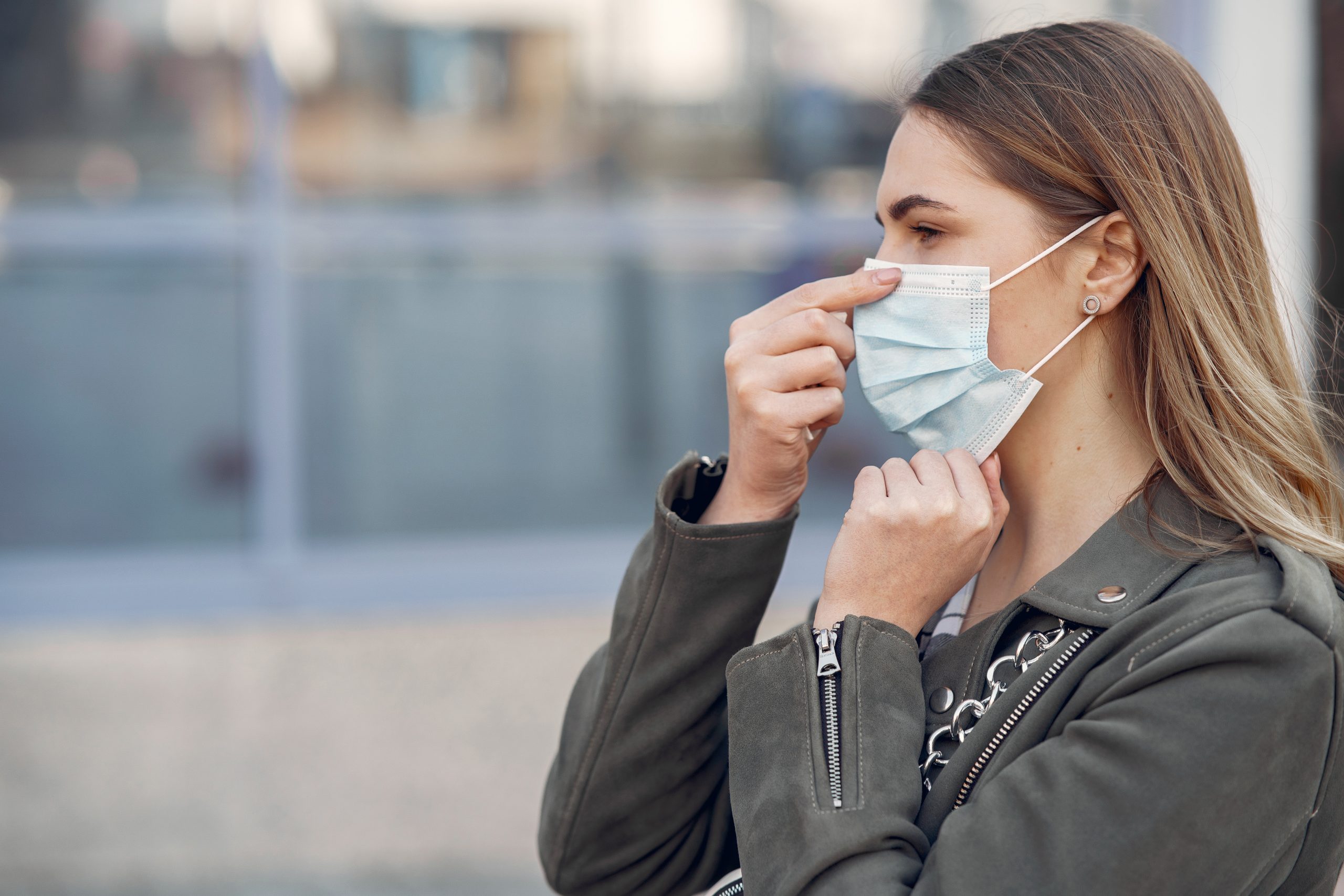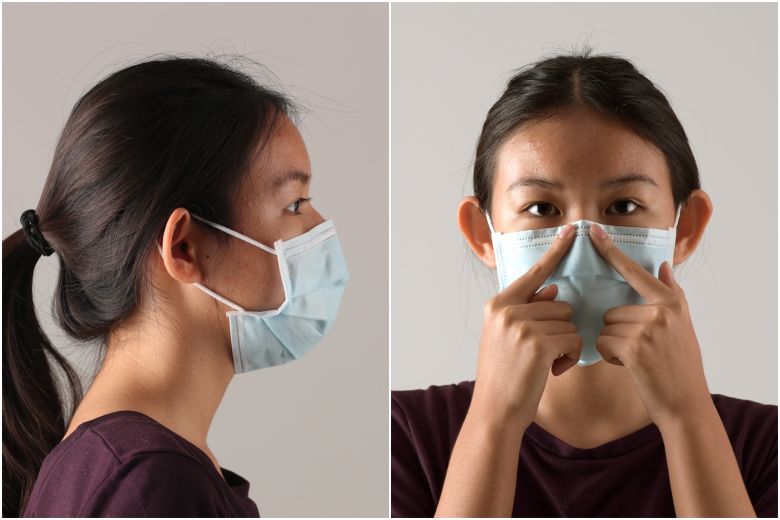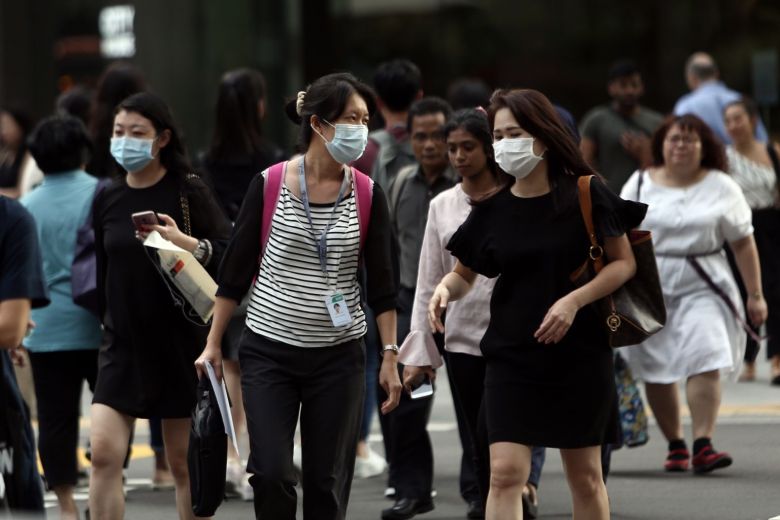Are you still confused about the various types of masks out there? Unsure of which ones are the best fit for you against this coronavirus?
As of 14 April 2020, the Singapore Government has made it mandatory to wear a mask when leaving your home. Other than the reusable masks provided, you may be interested to purchase your own additional masks. Given the current circumstances, wearing masks are likely to be a way of life even after Circuit Breaker measures are over. (Just take a cue from countries like Taiwan and Japan, where mask-wearing was common etiquette even before the pandemic)
To assist you, we’ve summarised the purpose, efficiency, characteristics and average cost of the various types of masks in the market now.
Are Masks Effective Against The Coronavirus?
According to WHO, masks are effective only when used in combination with frequent hand-cleaning with alcohol-based hand rub or soap and water. However, wearing masks will help to protect others from you, in case you are infected but unaware.
If you’re unable to obtain surgical masks, reusable masks complement safe distancing measures while providing some basic protection.

What Are The Different Types Of Masks
Based on information from the Health Science Authority, we’ve summarised the information into the following table:
| Surgical Mask | N95 Mask | Cloth/Paper Mask | |
| Purpose | Prevents large particle droplets, splashes or sprays that may contain germs, expelled by you, the wearer, from reaching the environment.
It is to be used as a physical barrier to protect you from large droplets of blood or bodily fluids |
Reduces exposure to very small particles or contaminants. | Prevents large particles expelled by you, the wearer, from reaching the environment. |
| Filtration Efficiency | Bacterial filtration efficiency above 95% | Minimum 95% against particulate aerosols (of 0.3 micron in size) free of oil | Not tested |
| Characteristics | A surgical mask usually consists of three layers of flat or pleated fabric.
Ideally, a surgical mask:
|
An N95 mask:
|
Cloth masks:
|
| Usage | The colored side of the mask is usually the front and should face away from you, while the white side touches your face.
Surgical masks are intended for single-use only. If your face mask is damaged or soiled, replace it with a new one. |
An N95 mask is reusable but should be replaced when it gets soiled or distorted in shape | Reusable masks need to withstand washing and machine drying without damage or change to shape. Ideally the masks should be washed after each use. |
| Cost | S$25-40 for 50 pieces | S$60-80 for 10 pieces | S$2 and above per piece |
*It is advisable when buying a surgical mask, to check that the distributor supplies to clinics as clinics will use surgical grade masks.
How To Wear Your Surgical Mask

-
- Wash your hands with alcohol-based hand rub or soap and water.
- With the coloured side facing outwards, cover your mouth and nose with the mask, stretching gently over your chin.
- Press the thin metal wire on the upper edge of your mask to fit against your nose bridge so there are no gaps between your face and the mask.
Avoid touching the mask while using it and replace your mask with a new one as soon as it is soiled or damp. To dispose, remove the mask from behind and discard immediately in a closed bin. Clean your hands after.
Mask up

With our guide above, you should now be more aware of the different types of masks out there. Do note that as surgical and N95 masks are not reusable, they may potentially go into short supply worldwide. In such scenarios, they should be reserved for healthcare staff and other frontliners who need them more! Cloth and paper masks may be less effective, but they can still provide a protective layer. Keep healthy, stay safe, and stay home!

















